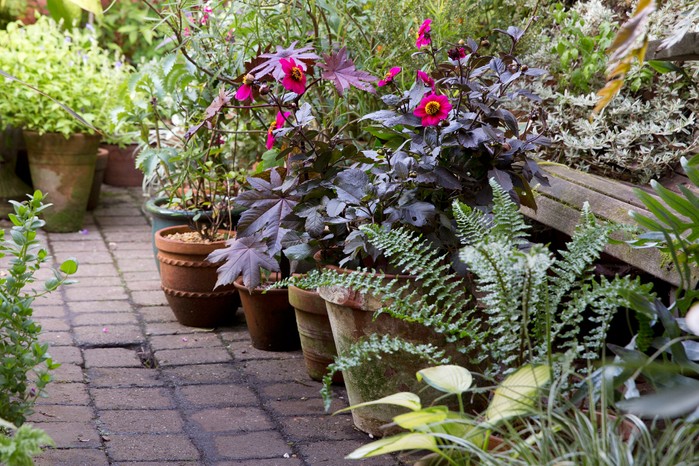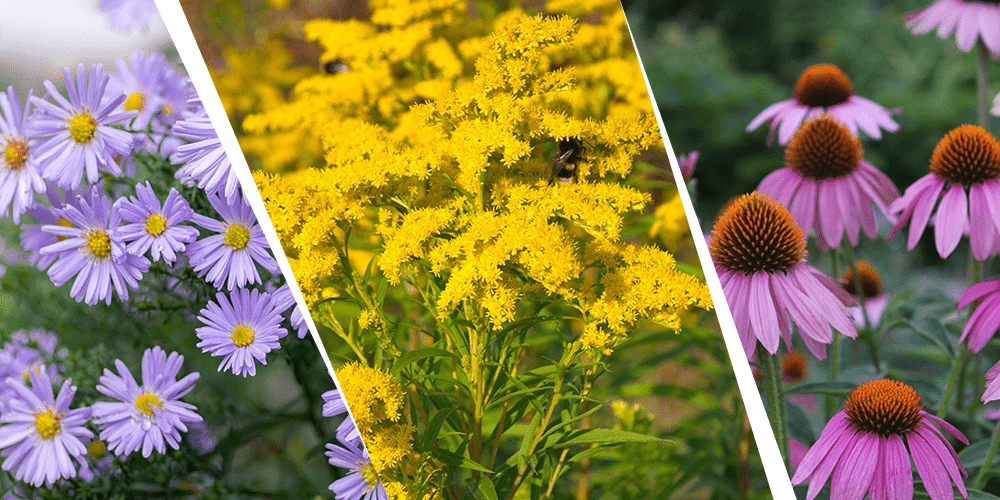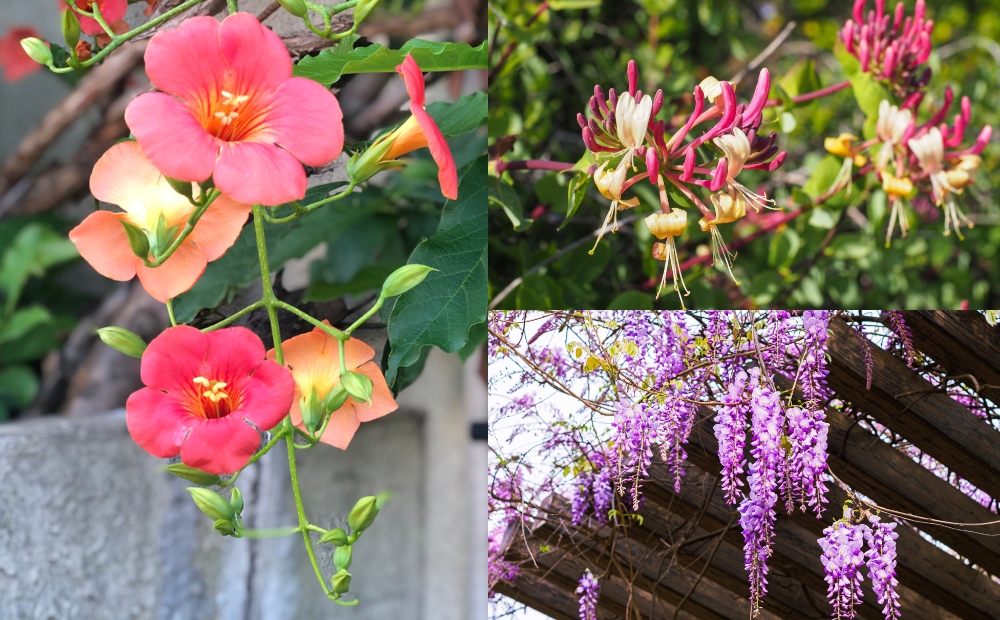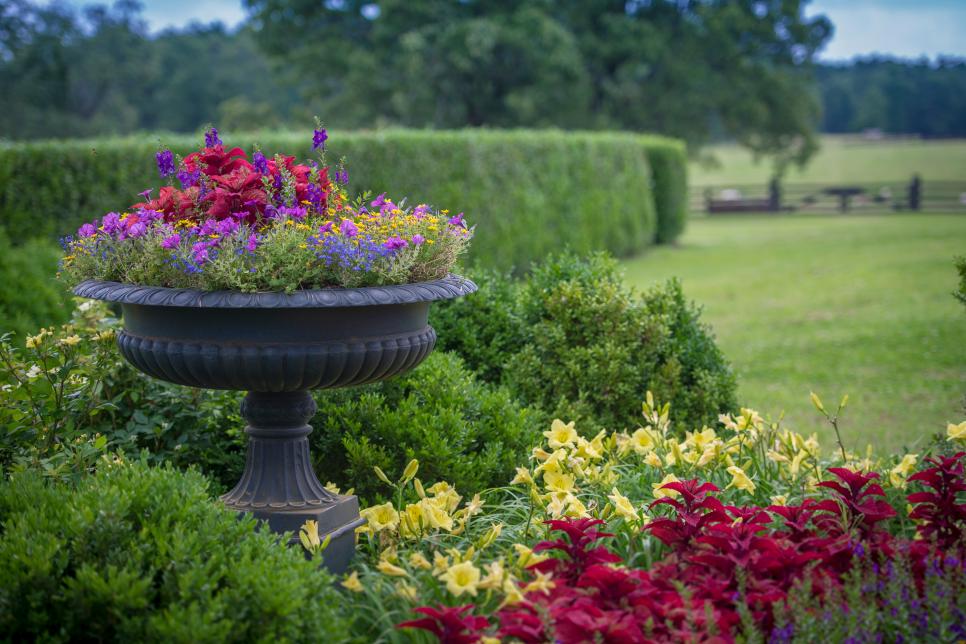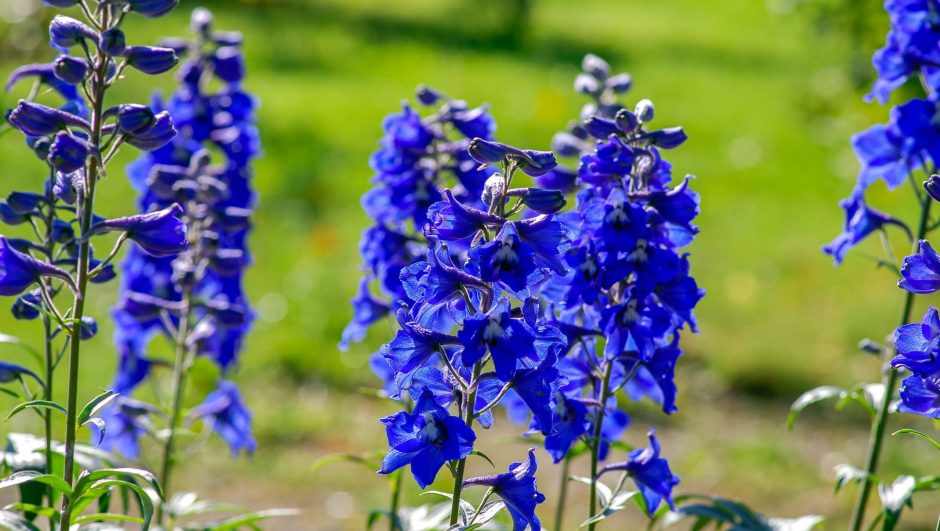How to Grow and Care for New England Asters
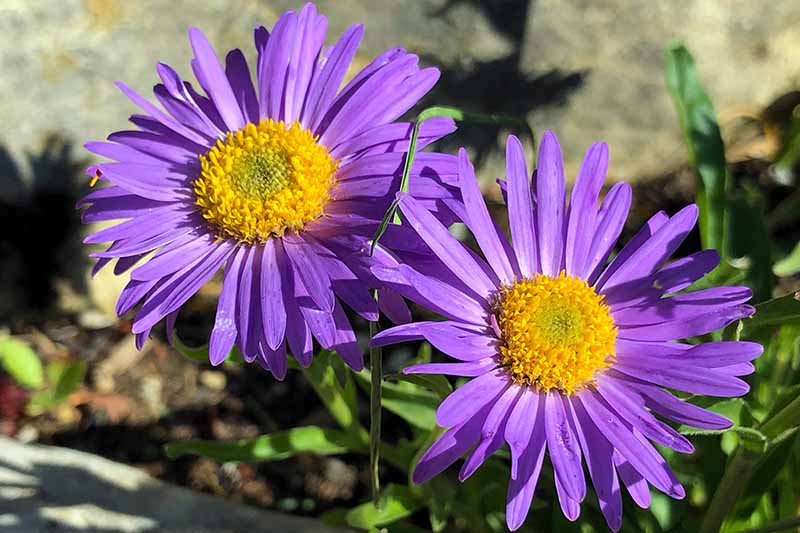
The New England aster plant is one of the best known later blooming variety of all the aster flowers.
It’s botanical name is Aster novae-angliae.
This aster flowers in shades of purple or pink and even red from late summer well into fall.
The clumps grow upright to about 18 inches to almost 6 feet tall depending on the cultivar.
Asters are considered classics for flower color in the fall garden, but many start blooming in summer and continue into fall.
Most of the New England asters are short-stemmed plants and have hairy leaves.
The aster flowers of A. novae-angliae are about two inches wide.
New England Aster Flowers
They are violet blue in the basic form, with selections in other shades, white, pink, nearly red, and deep purple.
These plants are very tolerant of wet soil, and shouldn’t be allowed to dry out.
New England Varieties of Asters
‘Alma Potschke’ has salmon pink single flowers on 3 feet tall stems. Blooms from late summer to early fall.
‘Harrington Pink’ produces clear pink single blooms over a long fall season on 3-4 feet tall stems.
September Ruby’ has deep crimson flowers that are stunning. Grows to about 3-5 feet tall.
‘Purple Dome’ is a compact shorter aster to about 1.5 feet tall. Brilliant purple blooms in late summer and fall.
Zones for all 1-24.
Growing Tips
Asters generally require full sun. In the South asters may be short-lived.
If you live in a climate with hot humid weather, growing them in a partly shady area, especially one that receives afternoon shade, will help the plants survive high heat and humidity.
Deadhead routinely to prolong flowering and control self-sowing.
Plant them in well-drained soil and where they will have good air-circulation to prevent powdery mildew, rust and viral diseases.
Cut the plants back in the fall after they are done flowering.
Divide every 2-3 years in spring to control spread and renew plant vigor. Discard the oldest central section of the clump.

